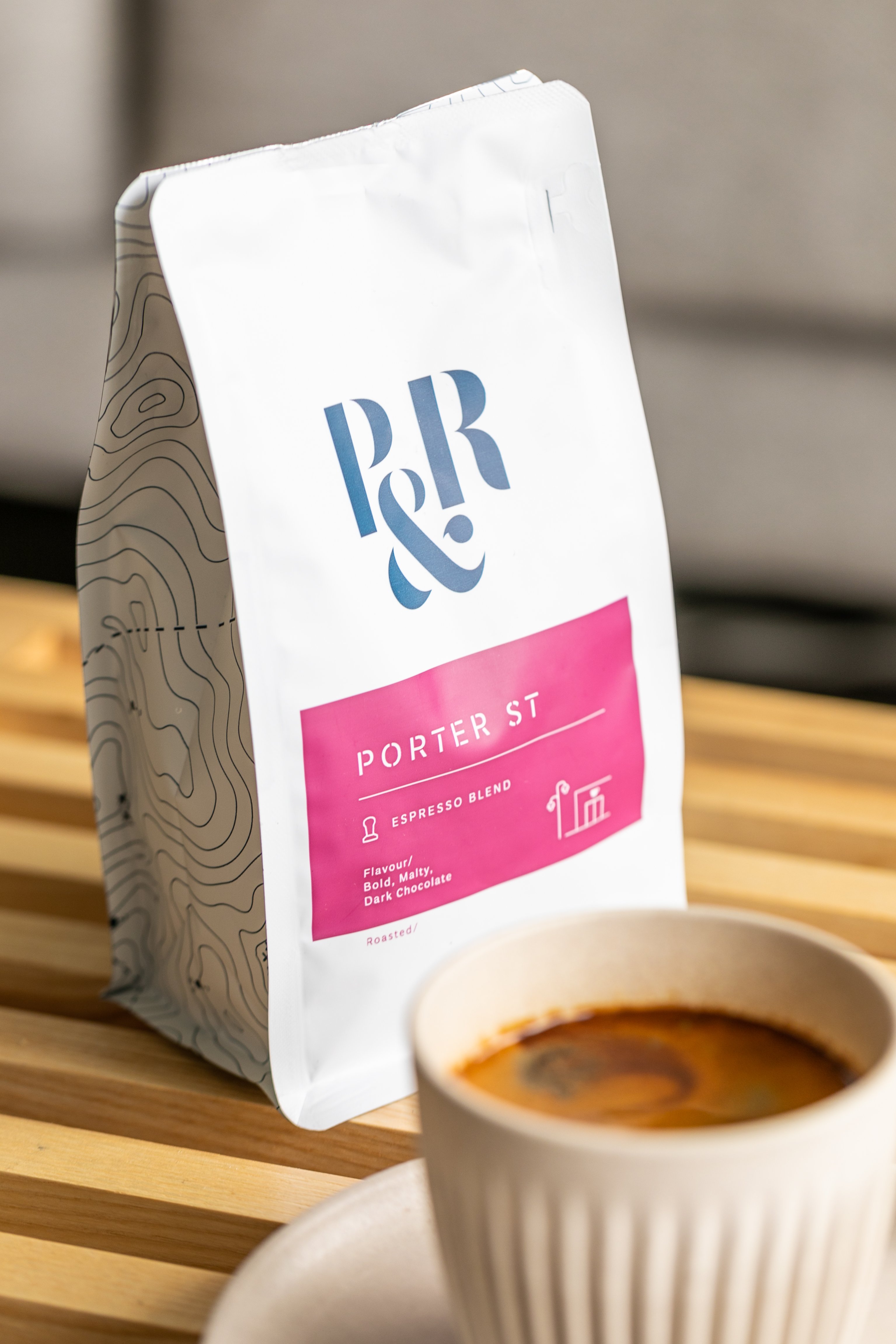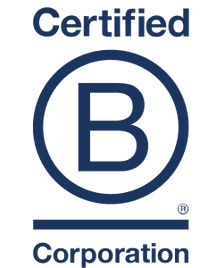It’s hard to beat an exceptionally made specialty coffee created by a commercial espresso machine in your favourite café. It’s a sensory experience - the barista manning the machine, the grind of the beans, and the delicious aroma, ultimately leading to an amazing tasting coffee, with full-bodied flavour and silky velvety mouthfeel.
Achieving the same quality coffee at home can be a challenge. This is why we are excited to partner with Breville, and through our online masterclasses, we can help make it as easy as possible for everyone to enjoy delicious specialty coffee at home.
If you missed our Masterclasses or need a refresher, keep reading or check out our brew guides on our YouTube Channel.
Third wave specialty coffee
Brewing the perfect coffee at home requires a marriage between a high-quality specialty coffee and a correct coffee machine setup. Breville's range of espresso machines makes it possible to enjoy third wave specialty coffee at home by replicating the performance of a commercial espresso machine.
The third wave of coffee is a movement that views coffee as far more than a commodity, considering it to be an artisanal food, like wine, where the coffee produced is the ultimate taste experience. It’s the end-to-end process, a journey that starts with the origin of the coffee bean and continues with its lighter roasting profile, brewing methods and the technology found inside an espresso machine designed to bring out the coffee’s complex, rich tasting notes and full flavour potential.

Before you start brewing, we recommend getting two important aspects right:
Use quality coffee
The quality of the bean is key in creating great specialty coffee at home, from the specific microclimates and soils where they are grown, to the production practices and the way the beans are processed. Innovations in processing techniques have resulted in higher quality taste attributes. Roasters have moved away from blends to single origin beans, adapting techniques to highlight the unique flavours and qualities of the bean.
Fresh coffee is best
The most important ingredient is freshly ground coffee. Ground coffee should be brewed within a minute of grinding to ensure you capture all the delicate aromatics in the espresso extraction. A P&R Coffee Subscription will always ensure you have fresh specialty coffee on hand.
Brewing barista quality espresso at home
When it comes to brewing, there are 4 key aspects that are going to allow you to brew a consistently high quality coffee at home on a Breville machine:

1. Dose
A common expression when brewing espresso is a 2 to 1 yield. This means the amount of coffee used should generally yield twice as much liquid coffee once the shot is poured. For a typical double shot espresso, we recommend a 19-22g dose for full flavour and this should yield 38 - 40g of liquid coffee extracted (that is what ends up in your cup). This is typically why your home-made coffee never seems to taste as great as a café bought one, because most at home machines only dose 11-13g of ground coffee, below what’s needed to create that rich, full-bodied taste you get out of bed for. If you are not hitting this yield weight, you may need to adjust you grind setting to slow and speed up the extraction time. For each P&R blend, we offer brew guides to advise on the extraction time and weights.
2. Temperature
The difference between an ashy or balanced tasting espresso can be as little as 1°C. Many mid to high range espresso machines use digital temperature control (PID) technology which detects and minimises any fluctuation during extraction, ensuring the temperature is kept at its optimum range. The ideal temperature is 93 degrees celsius for the water during extraction.
It is worth turning on your machine a few minutes before brewing to give it time to reach the correct temperature. Running a shot with no coffee and allowing the hot water to heat up the portafilter before you pull your shot will prevent the metal components of the machine from pulling heat from the brewing process, giving you a more consistent temperature for your shot.
3. Pressure
The ideal pressure for espresso to be brewed and create a golden honey crema in your coffee is 9 bars of pressure, a metric which is important to keep consistent. High-quality espresso machines should maintain the correct pressure throughout and typically have release valves to release too higher pressure. Getting your grind setting correct will ensure the pressure applied throughout the brewing process is consistent.
4. Steam
To get that velvety texture in your milk you need the right steam pressure to draw in the air and create thousands of tiny bubbles. Some machines have automatic steam wands like Breville’s Barista Touch™ which turns milk into a silky-smooth micro-foam, essential for Latte art.

If you consistently control these four variables, you should be able to brew barista quality espresso at home. Breville machines do an amazing job of allowing this detailed level of control to get a great brew every time.
We have a range of Breville related guides on our YouTube channel to explore.
If you want to improve your at home coffee setup, click here to explore the full range of Breville espresso machines. P&R is an affiliate of Breville.com/au.
Happy Brewing!



